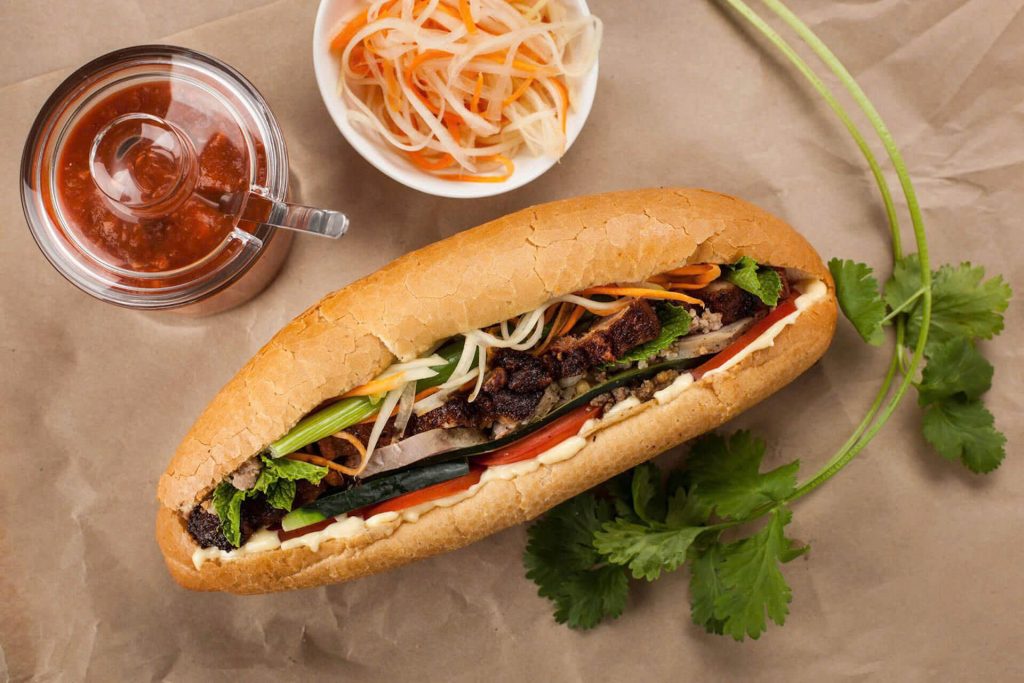With over 3,200 officially recognised varieties, German bread culture has been honoured by UNESCO as an Intangible Cultural Heritage, making bread not merely a foodstuff but a profound cultural symbol.
The German people consistently believe that their country produces the best bread in the world, and bread is often considered the “soul nourishing German culture.”
Germany boasts more types of bread than almost any other nation. According to the German Bread Register maintained by the German Bread Institute, there are currently over 3,200 formally recognised varieties across the country. Germany’s bread culture was inscribed on the UNESCO List of Intangible Cultural Heritage in 2015.
A key concept in the German language is also tied to these hearty loaves: the word for “work” is Broterwerb, which literally translates to “earning one’s bread.”
Bread is an essential staple at almost all German meals: from breakfast, and mid-day snacks, to dinner. The German proverb “It sells like sliced bread” (Verkauft sich wie geschnitten Brot) is used to describe items that are selling fast like hotcakes.
Bread has even become a television star: Bernd, a talking loaf, is a popular character among German children. The comedy show “Bernd das Brot” (Bernd the Bread), starring the titular character, has been airing on the children’s channel KI.KA since 2000. The German postal system even released a stamp with the slogan “German bread culture” in 2018.
Why are Germans so Passionate About Bread?

One of the reasons for Germany’s immense variety of bread is the country’s fragmented history up until the 19th century. Prior to that, the area now known as Germany consisted of hundreds of small principalities and kingdoms, each fostering its own culture, language, and, crucially, its own style of bread.
From the Middle Ages onwards, many prosperous trading cities also emerged, competing to attract immigrants and merchants with tempting baked goods.
Unlike the sunny regions of Southern France or Italy, Germany lacks intense sunlight and is less conducive to growing wheat. Consequently, grains like rye and spelt thrived better, giving rise to the characteristic loaves that are still widely consumed today. Meanwhile, wheat-based breads are primarily popular in southern cities like Munich or Stuttgart.
The main driver behind this diversity was the need to withstand the cold and rainy weather. From farmers and merchants to nobility, everyone needed loaves that were filling and nutritious. Thus, Germans still favour sourdough bread (Sauerteigbrot) made from rye, spelt, and wheat flour, often supplemented with a myriad of grains and seeds.
German bread is heavy, dense, and firm, surpassing the “true weight” of soft, airy Italian styles like focaccia or ciabatta.
Today, while food trucks in many countries serve tacos or burgers for lunch, Germany remains loyal to its traditional bakeries, which always feature “belegte Brötchen,” or open-faced rolls with various toppings.
German bread is so diverse it can be overwhelming for first-time visitors: Bauernbrot (farmer’s bread), Mischbrot (mixed bread), Steinofenbrot (stone-oven baked bread), Sonnenblumenbrot (sunflower seed bread), Kürbiskernbrot (pumpkin seed bread), and Fünfkornbrot (five-grain bread).

It’s all delicious. Most bakeries also have a separate section for confectionery, called a Konditor, offering an array of enticing cakes and pastries for those with a sweet tooth.
Germans were baking nutritious whole-grain bread long before the global “organic food” trend made a major comeback. Although some supermarket chains have started baking bread in-store, most people remain loyal to the small local bakery on the corner. In fact, most German supermarkets have a dedicated bakery located right inside.
The art of baking in Germany is still regarded as a prestigious craft, requiring rigorous training and creativity, a commitment not seen in many other countries. Germany also has its own standards for bread quality and size, and every year, the German Bread Institute announces the “Bread of the Year.” In 2025, that title belongs to Nussbrot (nut bread).
Some popular bread toppings among Germans: corned beef, pickled cucumber, and cheese. Photo: iStock
Bread remains a pillar of German meals and culture, even though, in recent years, some large bakeries are struggling to recruit bakers, as fewer young people are willing to pursue this demanding manual craft.
A Guide to German Breads
Brötchen (Small, round bread roll): The most basic white bread roll in Germany, often sold in whole-grain versions, and known by different regional names such as Semmeln, Wecken, Schrippen, or Rundstück.
Milchbrötchen (Milk roll): A softer variation of the bread roll, made from white flour mixed with milk, sometimes sprinkled with raisins or chocolate chips—a favorite German children’s breakfast treat.
Hörnchen: Another popular breakfast item (especially on Sundays), literally meaning “little horn,” it is the German version of the croissant but richer due to more butter. With its characteristic crescent shape, Hörnchen is often considered best when enjoyed with fruit jam or a chocolate spread.
Vollkornbrot (Whole grain bread): Most loaves in German bakeries are this deep brown, nutritious, and healthy variety. Vollkornbrot is often eaten with cheese or cold cuts for dinner. This type of bread is even legally protected, with regulations requiring the flour for Vollkornbrot to contain at least 90% whole grain.
Pumpernickel: A dense, dark rye bread made from 100% rye, originating from Northern Germany and one of the country’s most famous breads. Pumpernickel is baked for a long time at low temperatures, often served as an appetizer with cucumbers or fish. It is so popular that almost every German supermarket carries it, sold in small, pre-sliced packages.
Roggenbrot (Rye bread): This includes all rye-based breads apart from Pumpernickel. Depending on the region, Roggenbrot varies in density, colour, and flavour.
Katenbrot: A dark brown, coarse, and firm whole grain bread, a common sight at German dinners, best eaten with cheese and cold cuts.
Sonnenblumenbrot (Sunflower seed bread): Bread generously sprinkled with sunflower seeds, slightly sweet, suitable for breakfast, and often paired with cream cheese or fruit jam.
Dreikornbrot/Fünfkornbrot (Three/Five-grain bread): Among the most nutritious whole-grain breads in the country, made from a blend of wheat, rye, barley, oats, and maize. They can be enjoyed for breakfast, lunch, or dinner, and are especially delicious with hot soup.
Brezel (Pretzel): A symbolic food of Southern Germany, sometimes sprinkled with coarse salt, and called Brez’n in Bavaria (and Brezel elsewhere). Slathered with a thick layer of butter, it is the perfect accompaniment to a cold beer in a Munich beer garden.
Today, visitors can find German bakeries all over the world: from Goa (India) and Dublin (Ireland) to New York (USA). According to food experts from CNN, next time you want to experience “German style,” don’t rush to test drive a shiny new Volkswagen. Instead, have a warm slice of sourdough bread, spread with rich German butter and cheese, and you will understand why German bread truly is the best in the world.
(According to CNN)

















